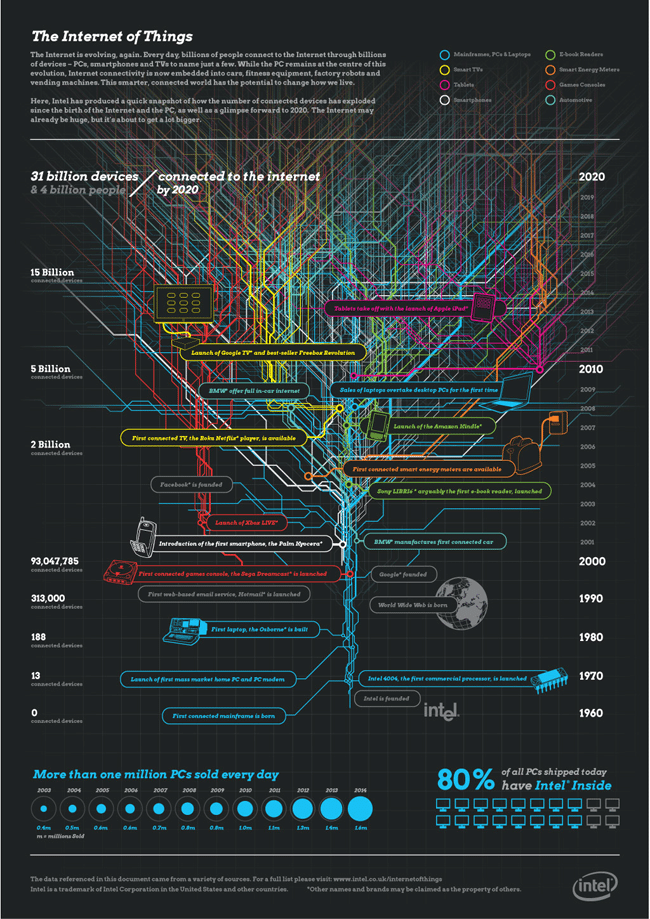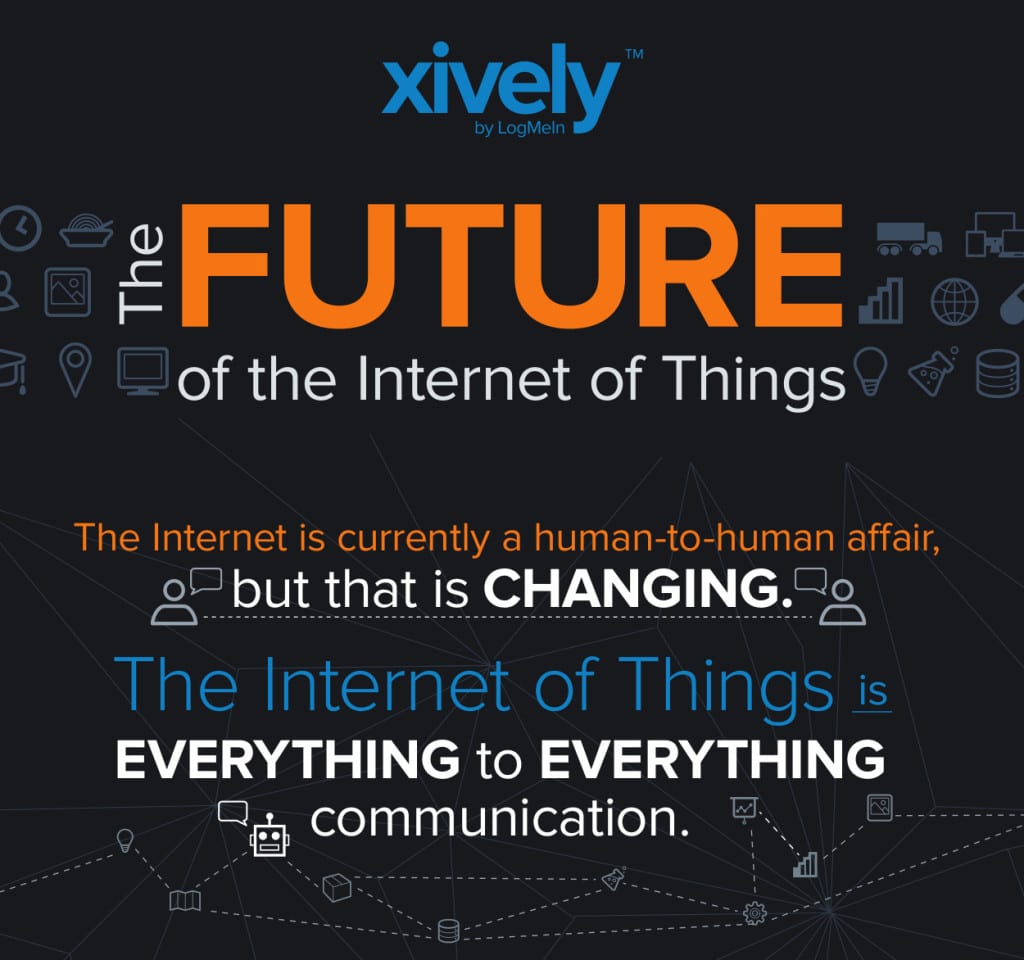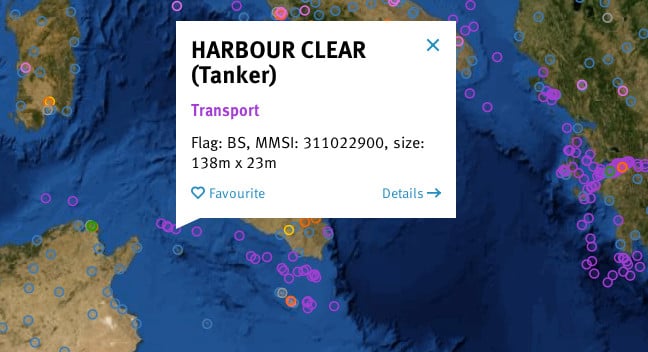IEEE Spectrum has an article that provides a nice overview of security and privacy issues on the Internet of Things. The article by Mark Anderson highlights a number of the issues that have cropped up on these pages as well, namely: the rush to market in the consumer IoT space (much of it driven by crowd funding sites like IndieGoGo and Kickstarter) the lack of a strong business case for (consumer) manufacturers to build security into IoT products the tendency of large manufacturers to pursue siloed security standards that thwart efforts to build devices interconnect with other IoT infrastructure (other devices, routers, etc.) So far efforts to coordinate IoT development around a single platform or set of standards have been reduced to predictable turf battles: Google’s Thread versus multi-vendor efforts like TheAllSeen Alliance, The Open Interconnect Consortium, The Industrial Internet Consortium versus Apple HomeKit and HealthKit and others. In the […]
Xively
Internet of Things and the Enterprise (InfoGraphic)
I’m a big fan of infographics – at least when they’re well done and present insightful facts. That’s why I’m always on the lookout for good ones – especially when the subject is The Internet of Things. So I was interested to come across the latest contribution from IoT firm Xively (part of the company LogMeIn), which pulls together some factoids on IoT’s potential in the enterprise. Among the interesting statistics gussied up in this one: an Economist Intelligence Unit data point saying that 95 % of C-level executives expect their company to be using the Internet of Things in three years time, while 74% of them predicting that it will play a ‘major role’ in their business in that time. That’s kind of astounding when you consider it: executives saying ‘Here is this new kind of technology that we barely use now. But in three years, it will be […]
Wolfram Floats Common Language For Internet Of Things
Amid all the “connected device” hoopla coming out of the Consumer Electronics Show (CES) this week, one of the most interesting announcements came from an unexpected corner: Wolfram Research, a maker of high-end software that is used in scientific research. On Monday, the company’s CEO, Stephen Wolfram, announced The Wolfram Connected Devices Project – an initiative that will comprise both a common catalog of connected devices and a common language to connect them. “Connected devices are central to our long-term strategy of injecting sophisticated computation and knowledge into everything,” Wolfram said. “With the Wolfram Language we now have a way to describe and compute about things in the world. Connected devices are what we need to measure and interface with those things.” Wolfram’s short-term goal is to begin cataloging IoT devices and making those devices ‘searchable’ via its Wolfram Alpha web portal – what the company describes as a ‘computational […]
Two Faces of the IoT: A Conversation With Xively’s Philip DesAutels
Conversations about the Internet of Things often focus on its most visible outposts: consumer devices. Products like the Nest Thermostat, IP-enabled home security cameras or Samsung’s Smart TV are like ambassadors for the IoT: highlighting cool features and capabilities that just hint at the transformative power of the much larger revolution that small, powerful Internet-connected objects will herald. The truth is that although consumers are still warming to the Internet of Things, businesses and industry have already embraced it. Manufacturers of heavy equipment have outfitted their products with an extensive mesh of small sensors that provide close to real-time data on the functioning of critical components. As a measure of this, Virgin Airlines said in March that it will upgrade its network infrastructure to accommodate an “explosion” of data from a new fleet of Boeing 787 Jetliners, which will produce close to half a Terabyte of data per flight. But what is […]
Thingful is a Facebook for Smart Devices
The data on exactly how many Internet of Things devices will be online by the end of the decade is a matter of debate. Cisco famously put the number at 50 billion by 2020, though Morgan Stanley thinks it could be as high as 75 billion. The analyst firm IDC estimates the number at 50 billion. But others have put the number lower. Gartner puts the number of connected things at around 30 billion by 2020. We might all be better off taking a cue from McDonald’s and just start using the phrase “billions and billions” by the end of the decade. As with McDonald’s hamburgers – the exact number doesn’t really matter, so long as everyone agrees that it’s going to be big. Really big. But all those devices – and the near-limitless IPV6 address space that will accommodate them – do present a management and governance problem: how […]




